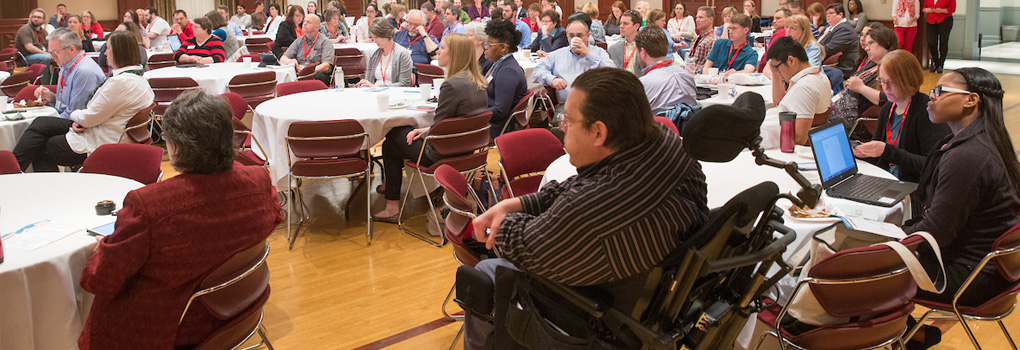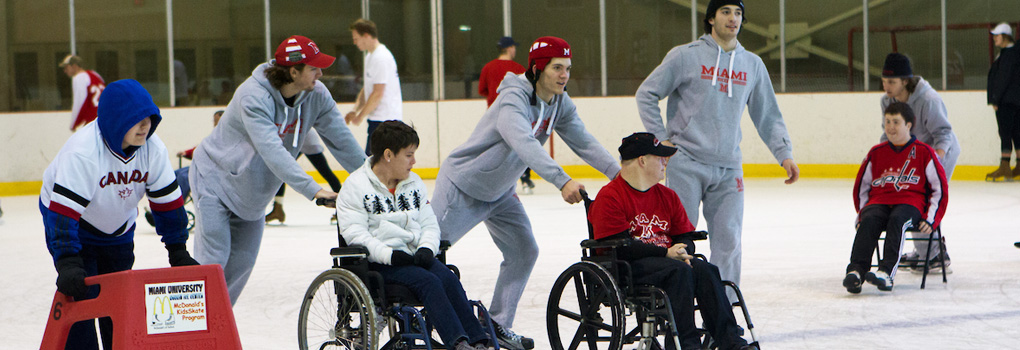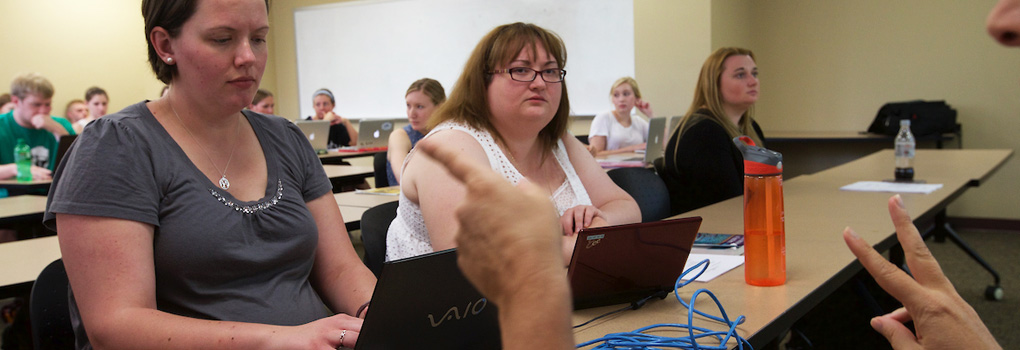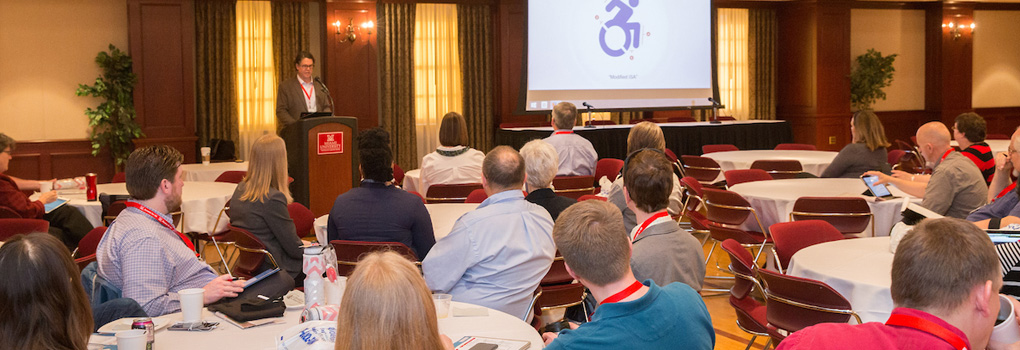
Accessible Course Design




Questions for Faculty
Please consider the following when choosing technologies for use in your curriculum.
Can students:
- Access all necessary website or software application functionality via the keyboard only, such as accessing menu options and navigating between different screens?
- Read the text easily? If not, try using different color combinations with a strong contrast to make course materials more perceivable by everyone.
- Enlarge the screen without distorting the text? (“Ctrl +” keystroke)
- Provide a consistent layout, navigation and design across the course platform making content easier to locate and use. Choose a layout style or theme within the LMS that has a strong color contrast.
- Provide digital copies of course materials so that students will have the opportunity to listen to the documents on different devices or when using Assistive Technology. Configure copy machines to create digital copies of scanned documents. Include an alternative description of images that are meaningful.
- Provide alternatives to visual materials (e.g. complex charts, graphs, etc.) for learners that may need textual cues to help identify the salient points of visual materials. If the descriptions are lengthy, provide a link to a companion document (or chapter, if applicable) that includes an overview of the visual materials. This ensures that everyone has meaningful access, including individuals that are more efficient with processing text, have a visual impairment or have attention span difficulties.
- Clearly identify each hyper link destination. Typically, the title of the web page or document to which you are linking is used.
- Use proper styles and formatting to create well-structured documents. Well-structured documents have a better chance of being viewable and navigable on different devices and for assistive technology.